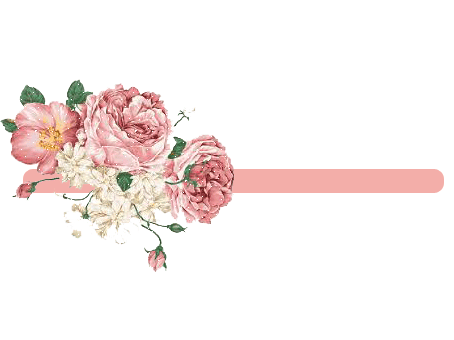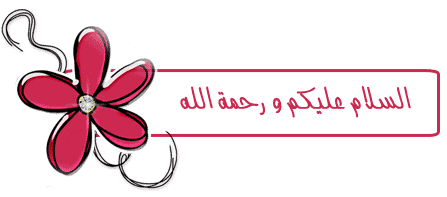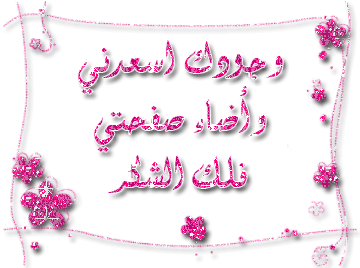
. Praise be to Allaah
The Eid prayer is one where the imam attends and leads
the people in praying two rak’ahs. ‘Umar (may Allaah be pleased
with him) said: “The prayer of al-Fitr is two rak’ahs and
the prayer of al-Adha is two rak’ahs, complete and not
shortened, on the tongue of your Prophet, and the one who
fabricates lies is doomed.” Narrated by al-Nasaa’i, 1420
and Ibn Khuzaymah. Classed as saheeh by al-Albaani in Saheeh al-Nasaa’i.
It was narrated that Abu Sa’eed said: The Messenger of Allaah
SAWS (peace and blessings of Allaah be upon him) used to come out on
the day of al-Fitr and al-Adha to the prayer place, and the first thing
he would do was to offer the prayer. Narrated by al-Bukhaari, 956
In the first rak’ah he should say Takbeerat al-ihraam
(say “Allaahu akbar” to start the prayer), after which he
should say six or seven more takbeers, because of
the hadeeth of ‘Aa’ishah (may Allaah be pleased with her), “The
takbeer of al-Fitr and al-Adha is seven takbeers in the first
rak’ah and five takbeers in the second, apart from the
takbeer of rukoo’.” Narrated by Abu Dawood and classed
as saheeh by al-Albaani in Irwa’ al-Ghaleel, 639.
Then he should recite al-Faatihah, and recite Soorat Qaf in the
first rak’ah. In the second rak’ah he should stand up saying
takbeer, and when he has stood up completely he should
say takbeer five times, and recite Soorat al-Faatihah then Soorat
al-Qamr. The Prophet (peace and blessings of Allaah be upon him) used
to recite these two soorahs during the two Eids. Or if he
wishes he can recite Soorat al-A’la in the first rak’ah and Soorat
al-Ghaashiyah in the second, because it was narrated that the
Prophet (peace and blessings of Allaah be upon him) used to
. recite al-A’la and al-Ghaashiyah in the Eid prayer
.The imam should revive the Sunnah be reciting these soorahs
so that the Muslims will become familiar with the Sunnah
.After the prayer, the imam should address the people
Part of the khutbah should be addressed specifically to the
women, telling them of the things that they should do and
warning them against the things that they should avoid, as the Prophet
. (peace and blessings of Allaah be upon him) used to do
The prayer comes before the khutbah
One of the rulings of Eid is that the prayer comes before
the khutbah, because of the hadeeth of Jaabir ibn ‘Abd-Allaah
who said, The Prophet (peace and blessings of Allaah be upon him)
came out on the day of al-Fitr and started with the prayer before
.the khutbah. Narrated by al-Bukhaari, 958; Muslim, 885
Another indication that the khutbah comes after the prayer is the
hadeeth of Abu Sa’eed (may Allaah be pleased with him) who
said: The Messenger of Allaah (peace and blessings of Allaah
be upon him) used to come out to the prayer place on
the day of al-Fitr and al-Adha, and the first thing he would
start with was the prayer, then he would go and stand facing
the people, while the people were sitting in their rows, and he
would preach to them and advise them and command them. If he
wanted to send out a military expedition he would do so and if
he wanted to tell the people to do something he would do so, then
.he would leave
Abu Sa’eed said: The people continued to do that until I went
out with Marwaan – who was the governor of Madeenah – on
Eid al-Adha or Eid al-Fitr, and when we came to the prayer-place, there
was a minbar that had been built by Katheer ibn al-Salt. When
Marwaan wanted to ascend it before he prayed, I grabbed
his garment and he pushed me away and climbed up and delivered
the khutbah before the prayer. I said, “You have changed it by Allaah.”
He said, “O Abu Sa’eed, what you knew has gone.”
I said, “What I know, by Allaah, is better than what I do not know.”
He said, “The people will not sit and listen to us after the
.prayer, so we did it before the prayer.” Narrated by al-Bukhaari, 956
:Source
Islam Question and Answer

 ?Description of Eid prayer , What is the description of the Eid prayer
?Description of Eid prayer , What is the description of the Eid prayer رد: ?Description of Eid prayer , What is the description of the Eid prayer
رد: ?Description of Eid prayer , What is the description of the Eid prayer رد: ?Description of Eid prayer , What is the description of the Eid prayer
رد: ?Description of Eid prayer , What is the description of the Eid prayer قد تكوني مهتمة بالمواضيع التالية ايضاً
قد تكوني مهتمة بالمواضيع التالية ايضاً






